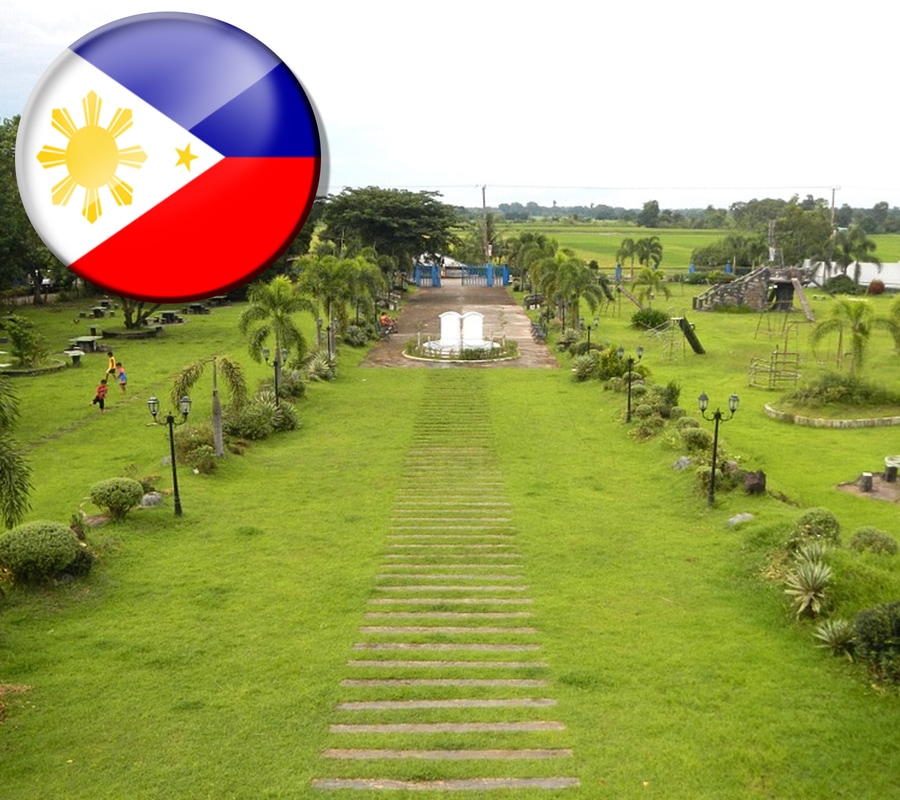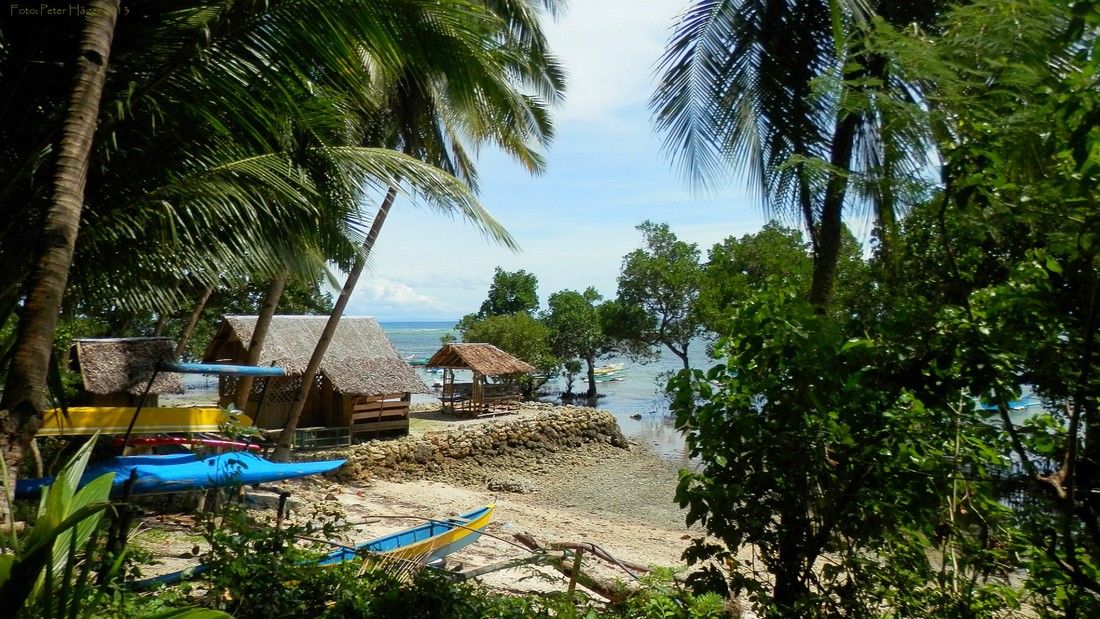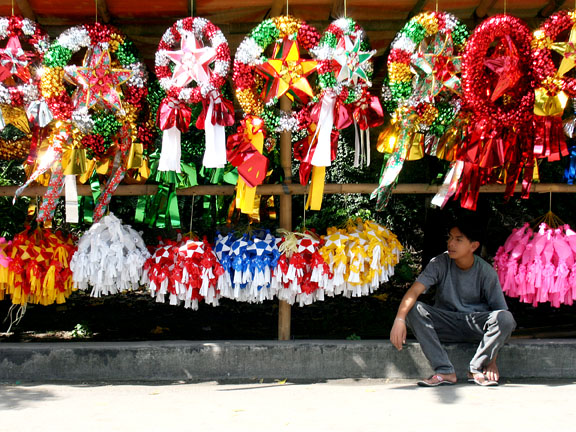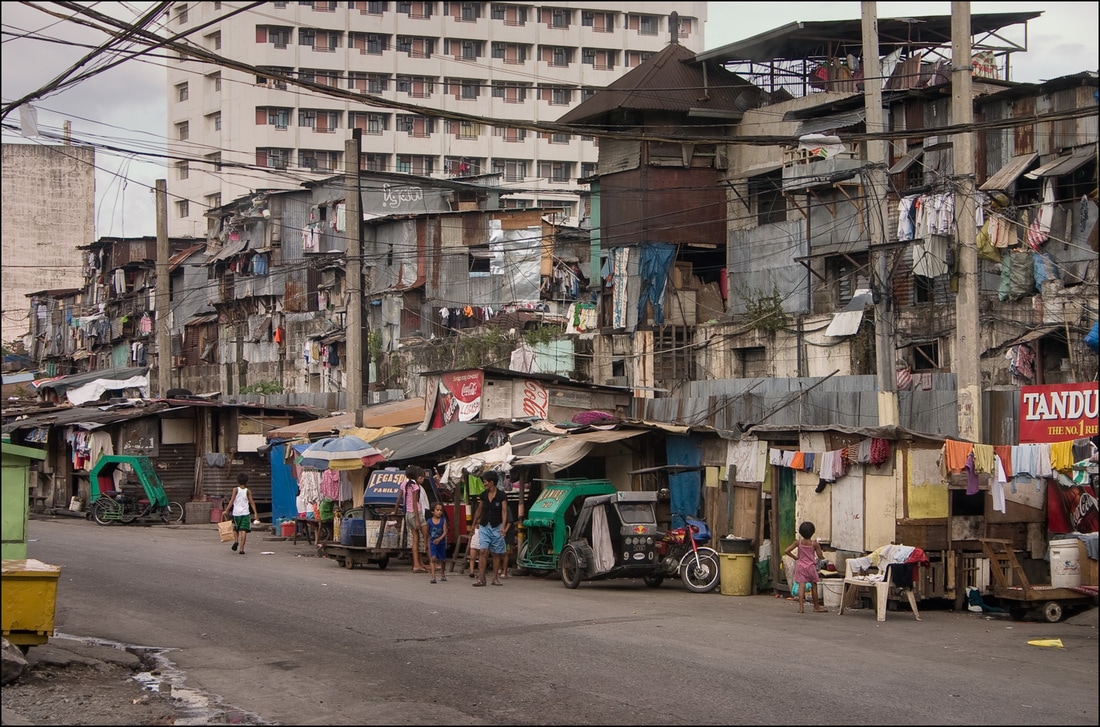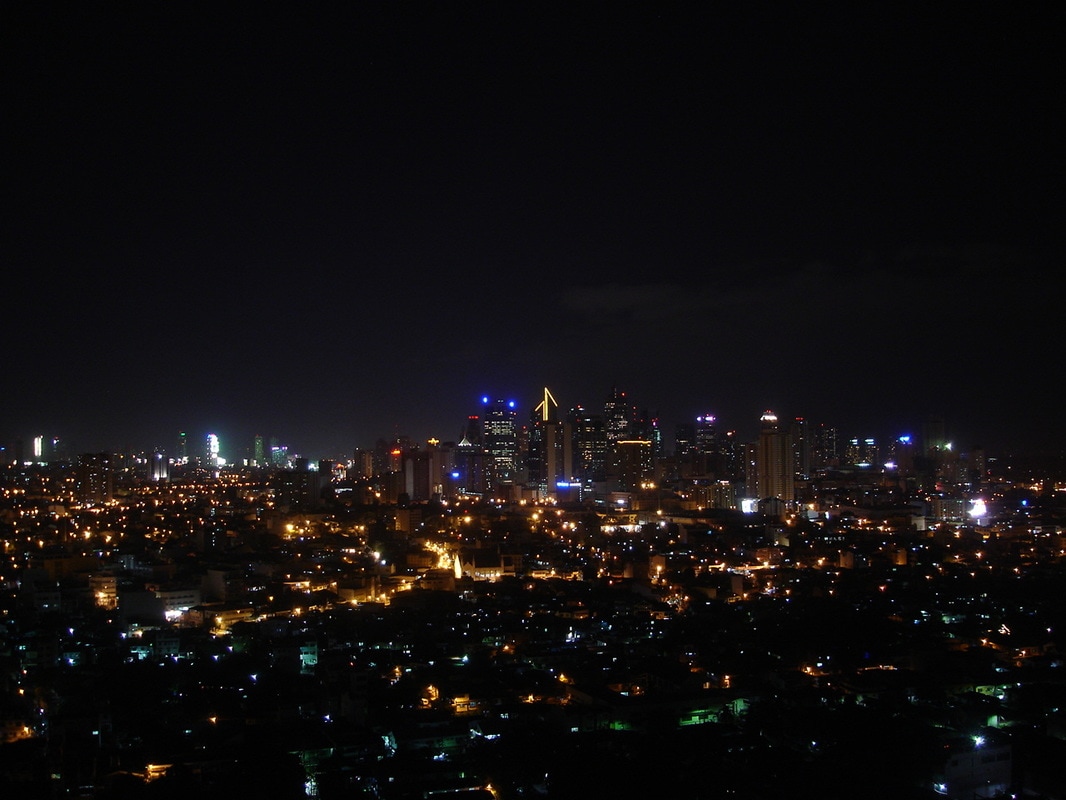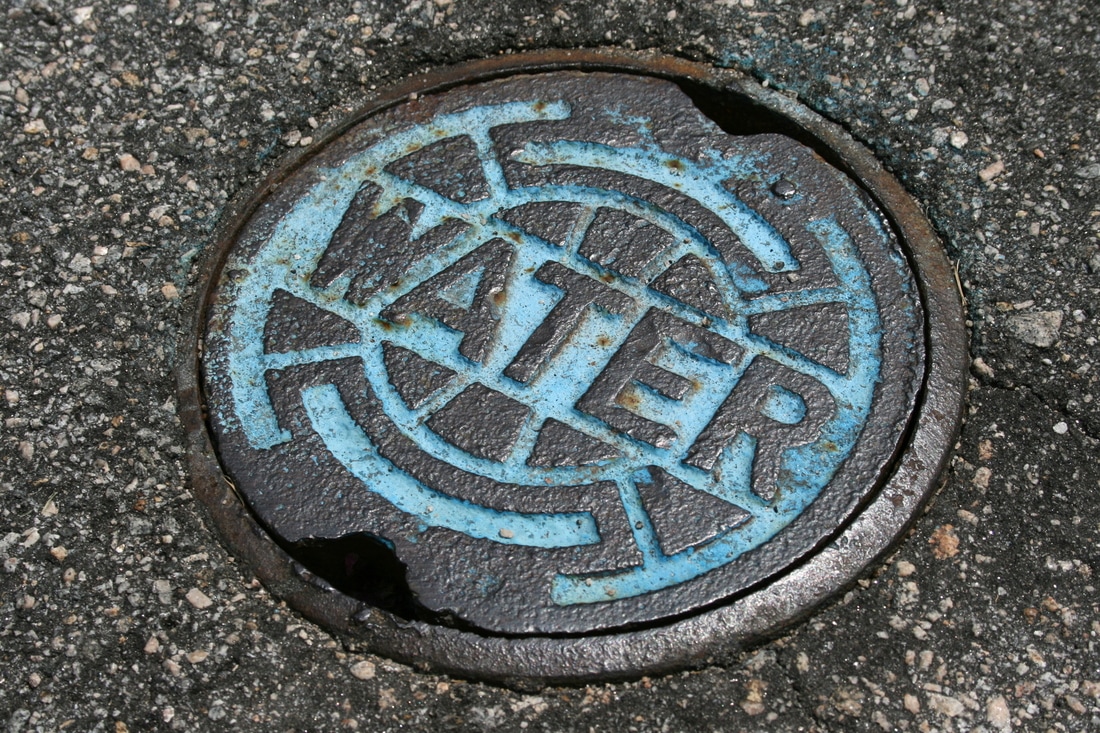|
The Philippines is a country in Southeast Asia. It is made up of over 7000 islands in the Pacific Ocean. Based on a census survey in 2000 the ethnic groups that inhabit the Philippines are Tagalog 28.1%, Cebuano 13.1%, Ilocano 9%, Bisaya/Binisaya 7.6%, Hiligaynon Ilonggo 7.5%, Bikol 6%, Waray 3.4%, other 25.3%.
|
Profile Information
CultureThe Philippines is a country that has varied cultural influences. Most of these influences are results of previous colonization, deriving mainly from the culture of Spain and the United States. Spanish influences on Philippine culture are most evident when it comes to religion and religious practices. Numerous “fiestas” or religious festivals are celebrated year-round, mostly in honor of their respective patron saints. Fiesta celebrations involve whole communities, with locals decking the exteriors of their houses in crops and decorations and opening their homes to neighbors and tourists alike to partake in sumptuous feasts.
|
History
- 1521: Ferdinand Magellan headed first Spanish foray to the Philippines, which were named after King Philip II.
- 1898: June 12th declared as independence day from Spain.
- 1900: President William McKinley sent out a Second Philippine Commission headed by William Taft, and by 1901 it had established civil government.
- 1907-1935:The Nacionalista Party under the leadership of Manuel Quezon and Sergio Osmeña dominated Philippine politics from 1907 until independence.
- 1933: U.S. Congress passed the Hare-Hawes-Cutting Act, which set a date for Philippine independence
- 1935: Manuel Quezon and Sergio Osmeña were nominated and elected president and vice president respectively.
- 1965: Ferdinand E. Marcos was elected to presidency, his administration faced economic problems that were exacerbated by corruption, tax evasion and smuggling.
- 1969: Marcos became the first elected president to win reelection.
- 1972: Marcos declared martial law. He claimed it was the last defense against the rising disorder caused by increasingly violent student demonstrations.
- 1986: Corazon Aquino became president.
- 1987: A new constitution was drafted and ratified

